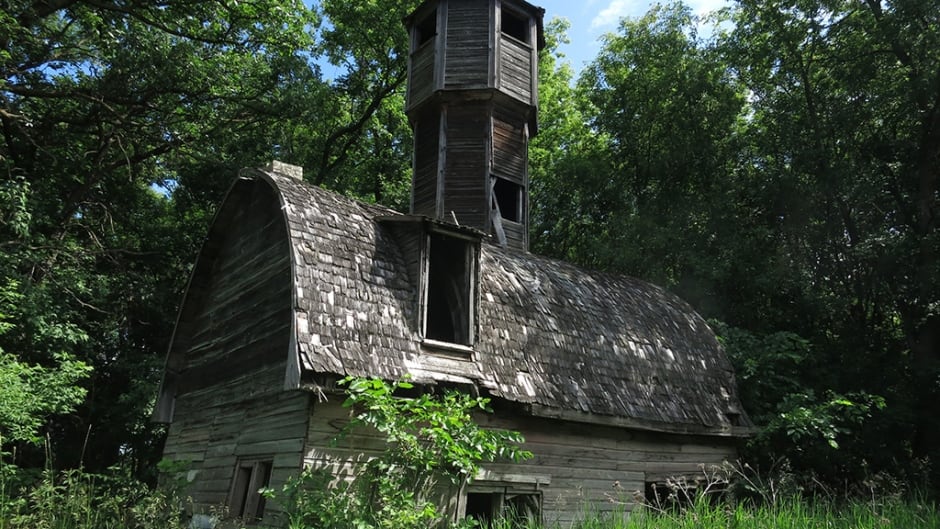What is Ottawa known for? The city is filled with modern landmarks, beautiful architecture, world-class tulips, and shawarma that leaves no one indifferent. But what about the past? The aesthetics of forgotten places, ruins, and sometimes dark, mysterious sites remind us of Ottawa’s history. These places won’t be found on tourist maps, but the interest in them remains high. Ottawa Future takes you on a journey to explore these forgotten locations.
Abandoned and Forgotten Places in Ottawa
While many parts of Canada’s capital are home to thriving businesses, offices, and modern buildings, some areas are left behind, forgotten. What remains of these places is a mysterious reminder of the city’s history.
Visiting these locations requires a bit of courage. Let’s begin exploring some of the abandoned and forgotten places that are shrouded in mystery.
Allan’s Mills
Allan’s Mills is not just a building—it’s an entire abandoned town, which in itself is surprising. Located just an hour from downtown Ottawa, its history came to a halt in the 19th century when the local economy began to decline. As the supply of timber diminished, farmers shifted from wheat to dairy farming.
The original buildings of the town, including the old store, post office, and schoolhouse, remain but stand eerily empty and lonely. While the mill and surrounding buildings are on private property and cannot be explored from the inside, just passing by or walking through the area allows visitors to feel the spirit of abandonment.
The town was named after William Allan, who initially built a sawmill and gristmill, followed by a store, a blacksmith shop, and a post office. Even after the mills were sold and business declined, Allan continued working in the store until the end of his life.
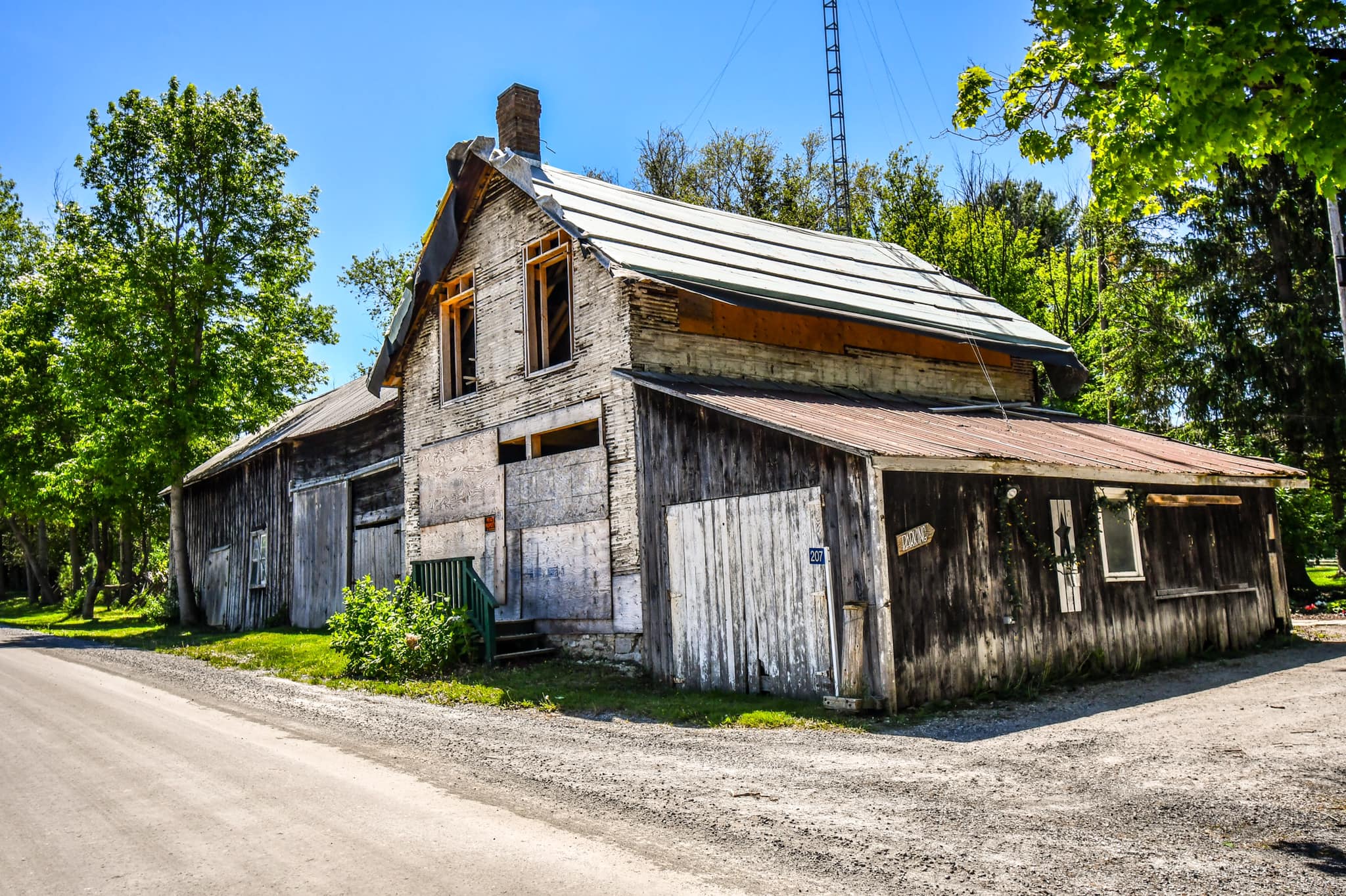
Wilson’s Carbide Mill
Located on the shores of Meech Lake, Wilson’s Carbide Mill is a set of ruins with a unique history. Photographers are drawn to this beautiful piece of industrial heritage. The building was constructed in 1892 by scientist Thomas “Carbide” Wilson, who worked on creating calcium carbide, an important industrial chemical. After Wilson went bankrupt, the mill fell into disrepair. Urban explorers are thrilled that it has survived to this day. This ruin exudes a certain mystique and mystery, drawing people to it like a magnet.
These ruins are the last reminder of a fertilizer plant that once consisted of three structures:
- An acid condensation tower, of which only the foundation remains, destroyed by fire;
- A generating station;
- A dam.
What remains serves as a glimpse into the history of a wealthy and innovative company and a reminder of Thomas Leopold Wilson’s scientific legacy.
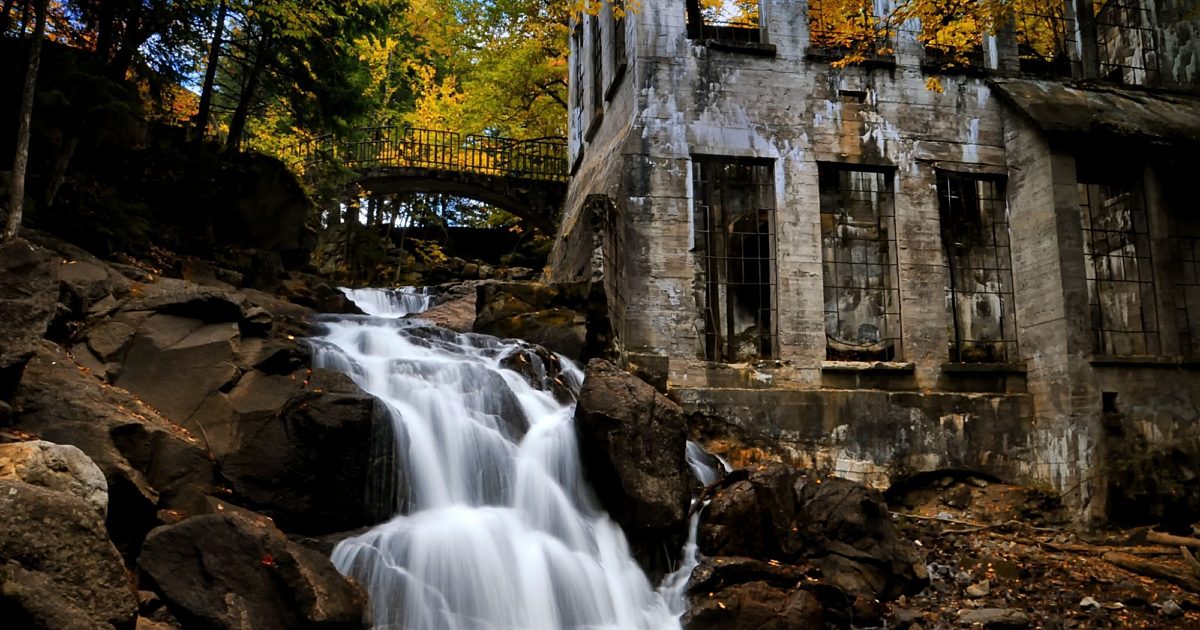
Stone Marsh Ruins
The old building, now reduced to ruin, raises many questions. Early evidence suggests that it was inhabited by some of Ottawa’s first settlers. At night, the location can be eerie, but it holds a significant piece of history.
The ruins, located just 20 minutes from downtown Ottawa, are a 19th-century lime kiln example. Abandoned since the 1960s, this place has been largely forgotten.
St. Raphael’s Ruins
Not far from Ottawa, in Glengarry, Ontario, lies a unique and atmospheric site: the ruins of St. Raphael’s Church. One of the first Roman Catholic churches in English-speaking Canada, it was destroyed by fire in 1970. Though the flames were devastating, the stone walls survived. Later, the Ontario Heritage Trust stabilized the remaining walls.
Modern visitors can only imagine the grandeur of this once-great building. The fine masonry, preserved layout, and the surrounding grounds all attract tourists. Since 1999, the ruins have been listed as a National Historic Site. The site is complemented by an old cemetery, a few church buildings, and a small chapel built by contemporary builders.
Visiting St. Raphael’s Ruins is free, but donations are welcome.
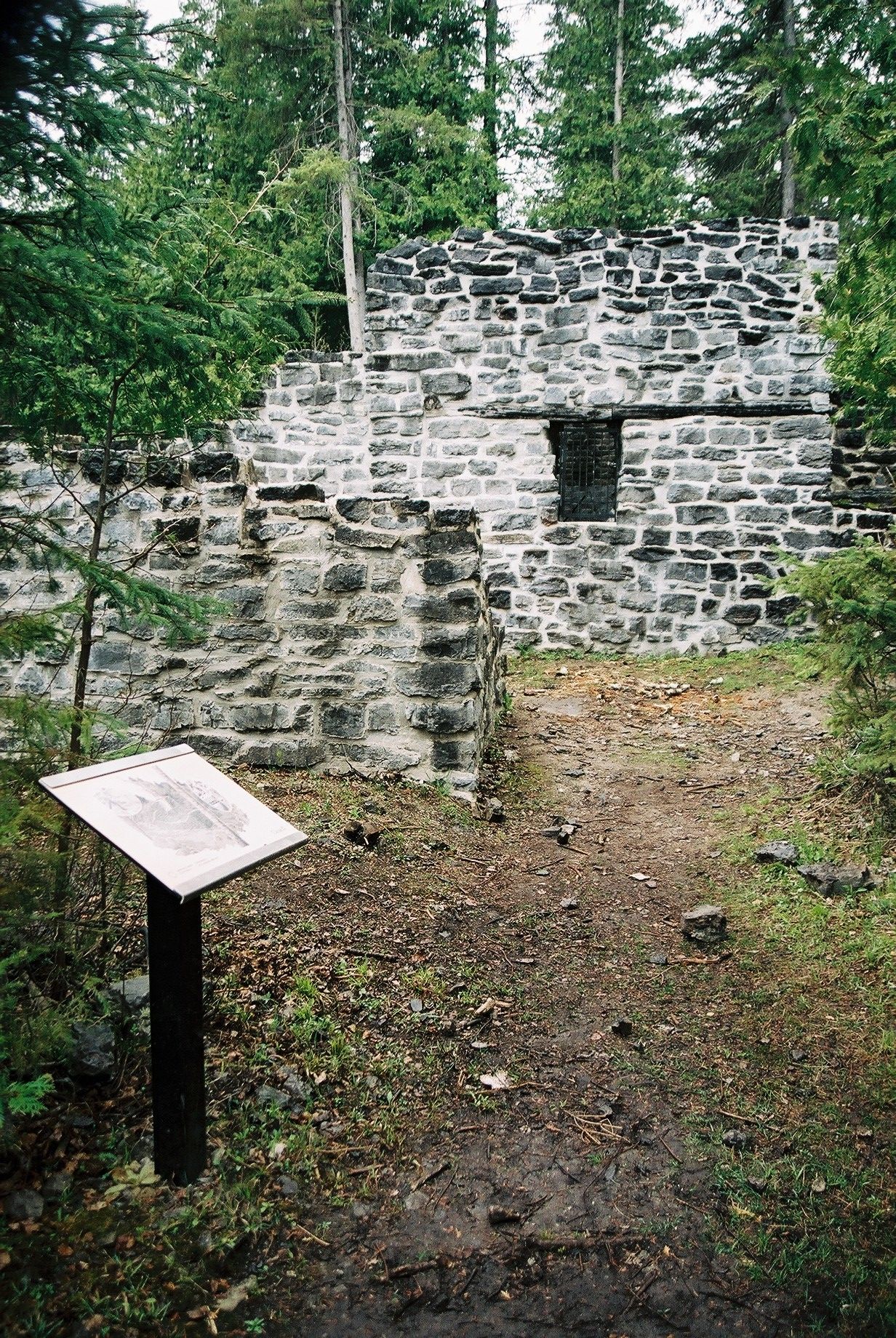
CFS Lac St. Denis
This abandoned military complex offers stunning views, thanks to its location atop a hill. Visitors to the site will find dark corridors and five floors to explore.
The complex was built in the early 1950s, during the height of the Cold War. Over time, more stations and bases were added for air defense command. Initially, the base’s purpose was kept secret, leading to a wave of rumors. Once the truth was revealed, open-house events were even held.
The complex once included dormitories, offices, dining facilities, workshops, a school, and a chapel. The entire operation was responsible for air defense training and fighter control operations.
By the early 1960s, radar operations were automated, making this one of the oldest radar stations on the line. Manual operations ceased on September 15, 1962, and in 1967, the station was renamed Lac St. Denis Canadian Forces Station due to a military reorganization.
The station functioned until December 1985, and it was officially closed on August 1. Several businesses tried to repurpose the building, but none succeeded. The complex is now abandoned and open to the public. Sometimes, the old concrete walls, covered in graffiti, are used by paintball and airsoft enthusiasts, but these are rare visitors. For the most part, it remains a forgotten military base, once mighty but now in disrepair.
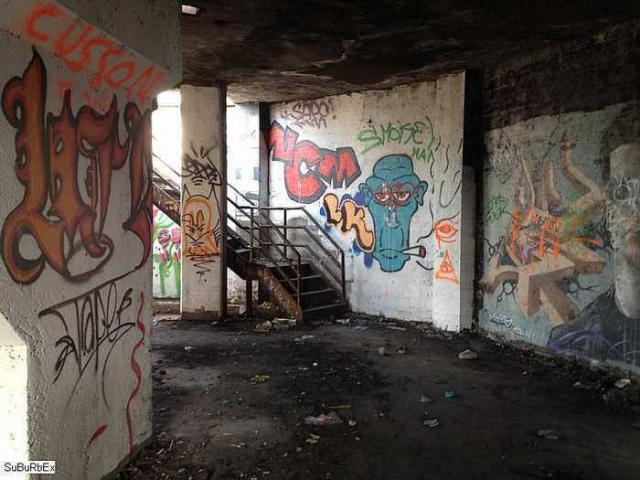
Abandoned and Forgotten Places
Their time has passed, and their former grandeur can only be imagined or read about in history books. This description applies to most of the sites mentioned above. While tourists and residents of Ottawa can still visit and see these places, they will only glimpse what once was.
The abandoned sites near Ottawa are both fascinating and unsettling. They are interesting to visit, but it is even more intriguing to hear the stories behind them. Some talk of restoration, while others prefer to admire the ruins. There is something both captivating and eerie about the latter, serving as a reminder of how fleeting life is. Even once-great buildings can eventually be forgotten.
